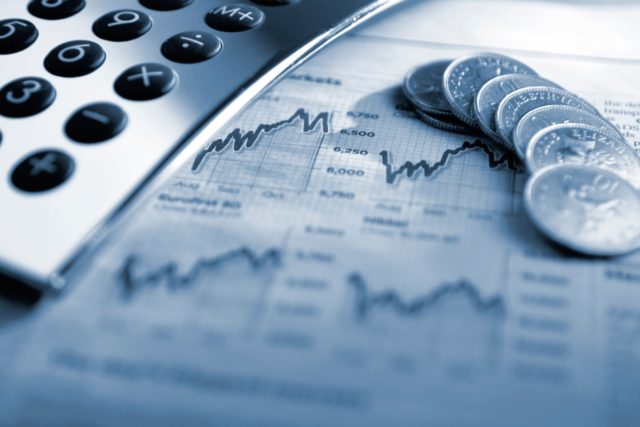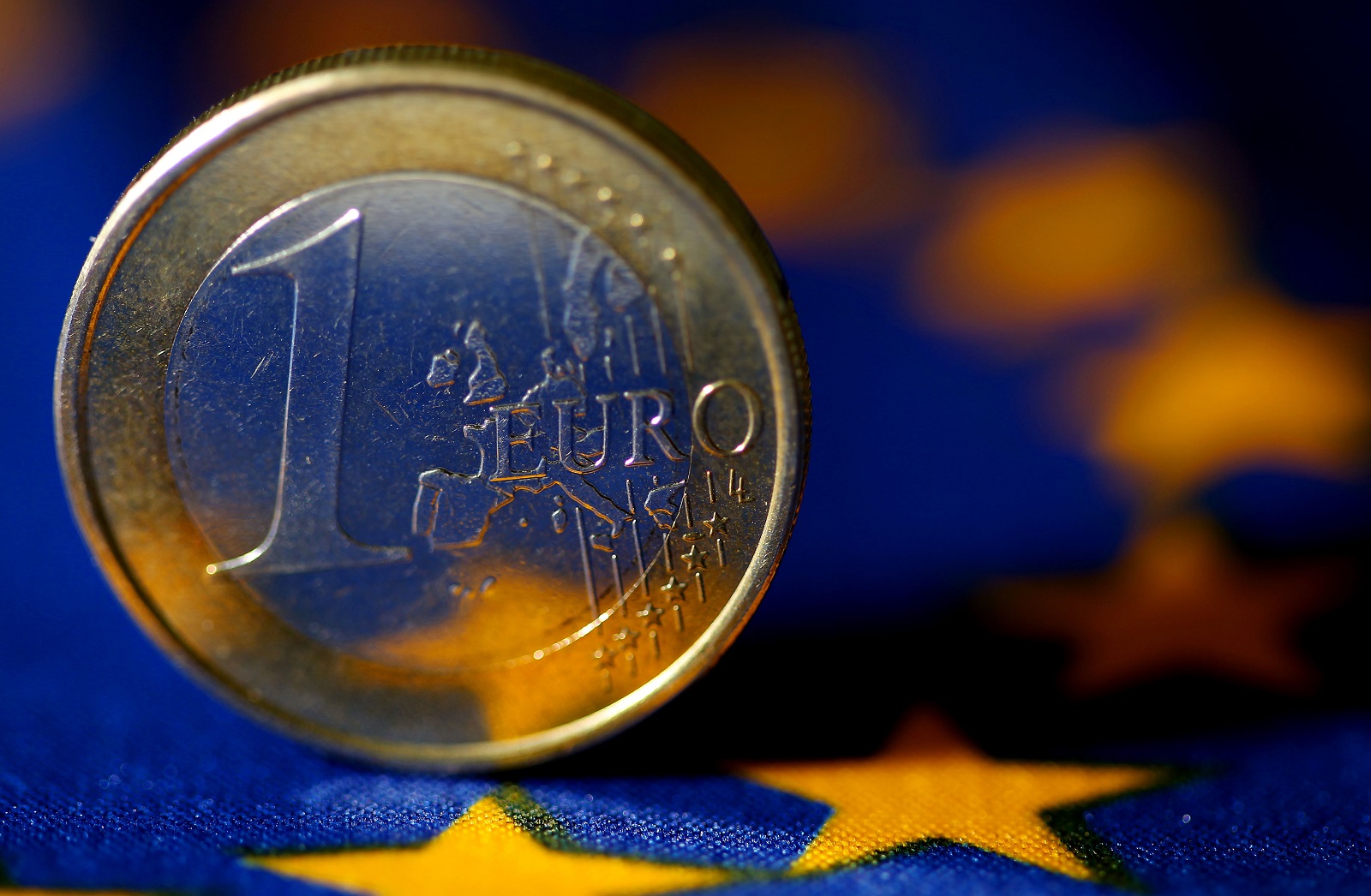In a single day in September 2014, the British economy grew by 5%. The reason was not a bullish stock market or a new gas field discovered off the shore of Scotland, but a prosaic tweak in the way the Office for National Statistics measured the size of the country’s economy. Following the example of other European countries, the organisation decided to include prostitution, illegal drug trafficking and other underground economic activities in the UK’s gross domestic product (GDP).
The incident indicates how arbitrary the process is of gauging the number that makes or breaks a national economy. Governments design policies based on their impact on growth, as measured by GDP. Their own electoral performance is often determined by changes in the figure, and as European leaders learned the hard way during the eurozone crisis, lenders judge the ability of borrowing countries to repay loans based on GDP forecasts.
Still relevant, but not perfect
The idea of pinning down national production to a single number goes back to the 17th century, when the economist William Petty produced estimates of England’s national income and expenditure to support his claim that the country could afford to fight the Dutch. But it was only in the 20th century when Franklin Roosevelt’s New Deal, and World War II, brought the idea into the mainstream. Faced with the daunting task of tackling the Great Depression, the US government embarked on an unprecedented programme of government spending.
The country’s entry to the war required the utilisation of all available resources, highlighting the need for national statistics on production.
Following the Bretton Woods conference in 1944, GDP became the main indicator of a nation’s economic success. Many economists, including Simon Kuznets, the chief architect of the concept, favoured a different indicator that would measure welfare rather than output, excluding government expenditure. However, such an approach was not compatible with the then prevalent economic theory of Keynesianism, focusing on economic planning by the state. As Professor Diane Coyle from the University of Cambridge remarked in her influential book GDP: A Brief But Affectionate History: “GDP statistics and Keynesian macroeconomic policy were mutually reinforcing.”
Keynesianism fell from grace in the 1980s, but GDP remained the key measure of growth. However, criticism has intensified over the last few years. The Great Recession shook the legitimacy of the West’s economic system and unbridled consumerism. A host of alternative options emerged, measuring values as diverse as wellbeing, welfare and wealth. Some critics suggested that “happiness” rather than economic growth should be the economic indicator to watch, with the small nation of Bhutan emerging as an unlikely world leader. Many countries, including the UK, started conducting surveys gauging how “happy” their citizens were.
Perhaps the most widely adopted indicator, the UN’s Human Development Index, measures national welfare, including healthcare and education. The UN also publishes the Inclusive Wealth Index, which measures wealth based on natural, manufactured, human and social capital. Another well-established indicator is the Genuine Progress Indicator, similar to GDP but incorporating the costs of economic activities such as crime and resource depletion. Some indicators, such as the Measure of Economic Welfare (MEW), proposed by the economists William Nordhaus and James Tobin, include the economic value of leisure and household activities. Pooran Desai, co-founder of the NGO Bioregional and leading figure in the campaign to replace GDP, says: “As a global society, we have become obsessed with economic output and growth even when these do not bring benefits to society. GDP has a very powerful grip on our imaginations, but it is not a good measure of progress or well-being.”
Many economists caution that alternative indicators do not match the explanatory power of GDP. Professor Coyle said: “It’s too soon to think about replacing GDP, which remains an important indicator of current economic activity, for all its flaws. But we urgently need to think about supplementing it with other measures.” One problem is the confusion over what GDP measures. “The GDP concept will probably evolve as the economy changes. But there is nothing fundamentally wrong with it. GDP measures output. Welfare is different,” says Dr Nicholas Oulton, a researcher at the Centre for Macroeconomics, London School of Economics (LSE), and former Senior Economist at the Bank of England.
A key point came in 2008, when the French government appointed a committee headed by the leading economists Joseph Stiglitz, Amartya Sen and Jean-Paul Fitoussi to investigate alternative options. Their proposed solution, avoiding the quandary of replacing GDP with a different number, was based on a “dashboard” approach whereby several economic indicators were measured. This approach is slowly gaining traction worldwide, with countries such as Australia publishing relevant data, while the OECD’s Better Life Index is also based on it. However, it still has a long way to go to overtake GDP, Mr Desai said: “The problem with a dashboard approach is that it is too complex for most people to understand and lacks the sheer power of a single number, such as GDP.”
Off the radar
One of the main lines of criticism of GDP focuses on its outdated make-up. As Professor Coyle remarks in her book, it is an indicator based on twentieth-century mass production of manufactured goods, rather than the knowledge economy with its emphasis on digital services. In many cases these do not have a specific price, while their quantity and quality are difficult to gauge. Offline services such as nursing, artistic production and software development are also difficult to quantify.
A case in point is the most valuable asset of the digital economy: data. The economist Michael Mandel has estimated that the US GDP in 2012 would grow by 0.6% if the economic value of data was taken into account. Mr Desai, who is working ™奝 with other researchers at the Bennett Institute for Public Policy at the University of Cambridge on the value of data, said: “We don’t know how to account for the fact that it [data] is non-rival – more than one person can use it at the same time – and has significant externalities, because my data is more useful if combined with that of other people.”
Statisticians have tried to bring GDP measurements closer to our era by tweaking the system of national accounts (SNA), the international set of standards on measuring economic activity. Since 2008, spending on research and development counts as investment rather than cost, while intangible assets such as software and artistic originals are included in GDP figures. However, many products whose value lies in innovation are excluded, a conundrum that perplexes many statisticians. According to the academics Erik Brynjolfsson and Joo Hee Oh, the information sector’s US GDP share has practically remained unchanged since the early 1980s, although consumers have gained an average of approximately $300bn a year by using free online platforms such as Facebook and Google.
Currently, GDP figures are calculated through surveys of business operating in a country, a lengthy and bureaucratic process. Some think that innovations such as big data and artificial intelligence will render the measurement of economic activity a matter of days rather than years. “Big data and AI may lead to better methods for collecting data, which are certainly needed as it gets harder and harder to get people to answer surveys,” says LSE’s Dr Oulton.
Not green enough
Many critics believe that GDP is not fit for purpose in an era where sustainability, rather than growth, matters the most. Some even argue that “degrowth” is necessary to rescue the planet. “We cannot continue with our current addiction to growth as measured by GDP,” says Pooran Desai. He added: “We now need to start preparing for a world 4°C to 5°C warmer. There is little point in thinking about GDP when we are faced with this scenario as an imminent prospect.”
One problem is that climate change is a global concern, whereas growth, as measured by GDP, is confined to national borders. A case in point is the wildfires in the Amazon rainforest this August. In an attempt to justify the Brazilian government’s lukewarm reaction to the disaster, the country’s President Zair Bolsonaro argued that conservation of the rainforest, as well as protection of indigenous reserves, hinder the country’s economic development. This sparked a diplomatic row with the French President Emmanuel Macron, who argued that the protection of the rainforest is a global issue, inciting criticism that he was questioning Brazilian sovereignty. For Professor Coyle, combining economic development and sustainability is not impossible: “The Brazilian government is wrong in its claim. Not only would conservation preserve the assets for future growth in adequate condition, it could also help today’s growth. Costa Rica has benefited greatly from its conservation measures, for example.”
An idea that is gaining ground in academic circles is the inclusion of “environmental capital”, including all renewable and non-renewable natural resources, in GDP measurements. A dynamic approach that treats these resources as an expendable asset, rather than one that is fixed in time, is urgently needed, said Professor Coyle: “The most important step will be to have a balance sheet approach, measuring the state of all the assets available to generate future progress, from physical and human capital to natural and social capital. Without understanding the extent to which today’s growth comes about by depleting these assets, and therefore future growth, sustainability is impossible.”




The Most Read
Сryptocurrencies
Bitcoin and Altcoins Trading Near Make-or-Break Levels
Financial crimes
Thieves targeted crypto execs and threatened their families in wide-ranging scheme
Financial crimes
Visa Warning: Hackers Ramp Up Card Stealing Attacks At Gas Stations
News
Capitalism is having an identity crisis – but it is still the best system
Uncategorized
The 73-year-old Vietnamese refugee is responsible for bringing Sriracha to American consumers
Uncategorized
Electric Truckmaker Rivian, Backed By Amazon, Ford, Raises Whopping $1.3 Billion